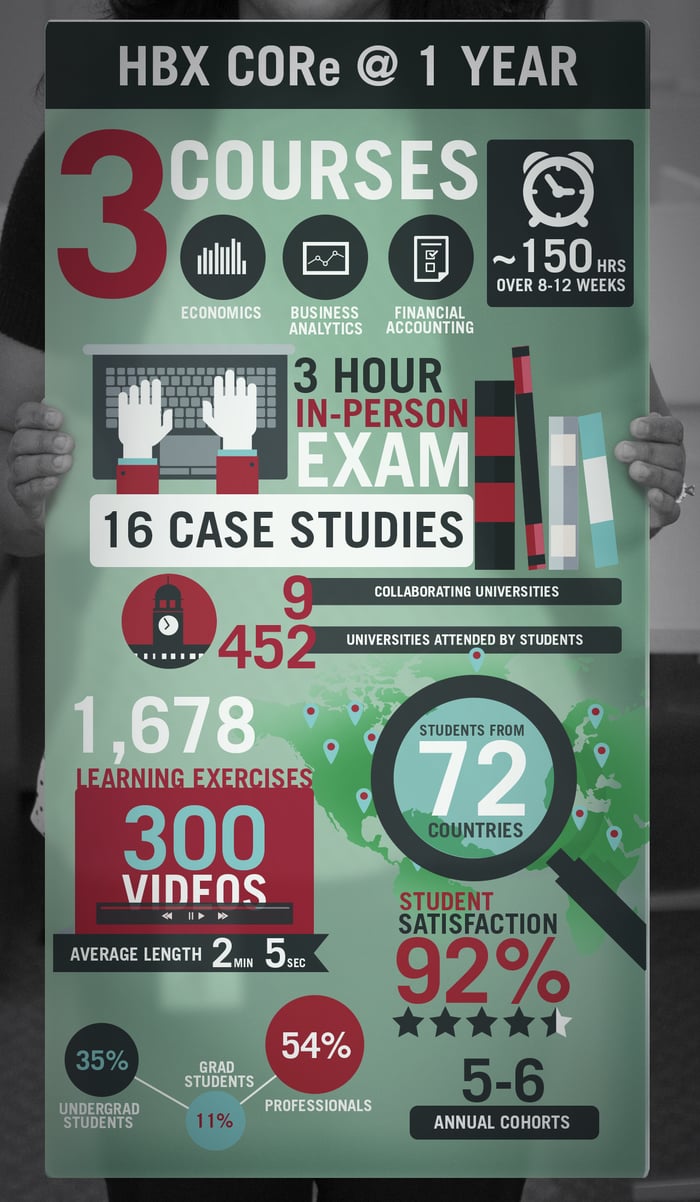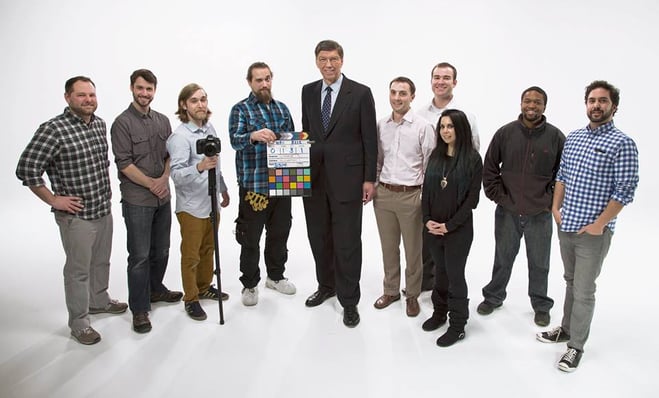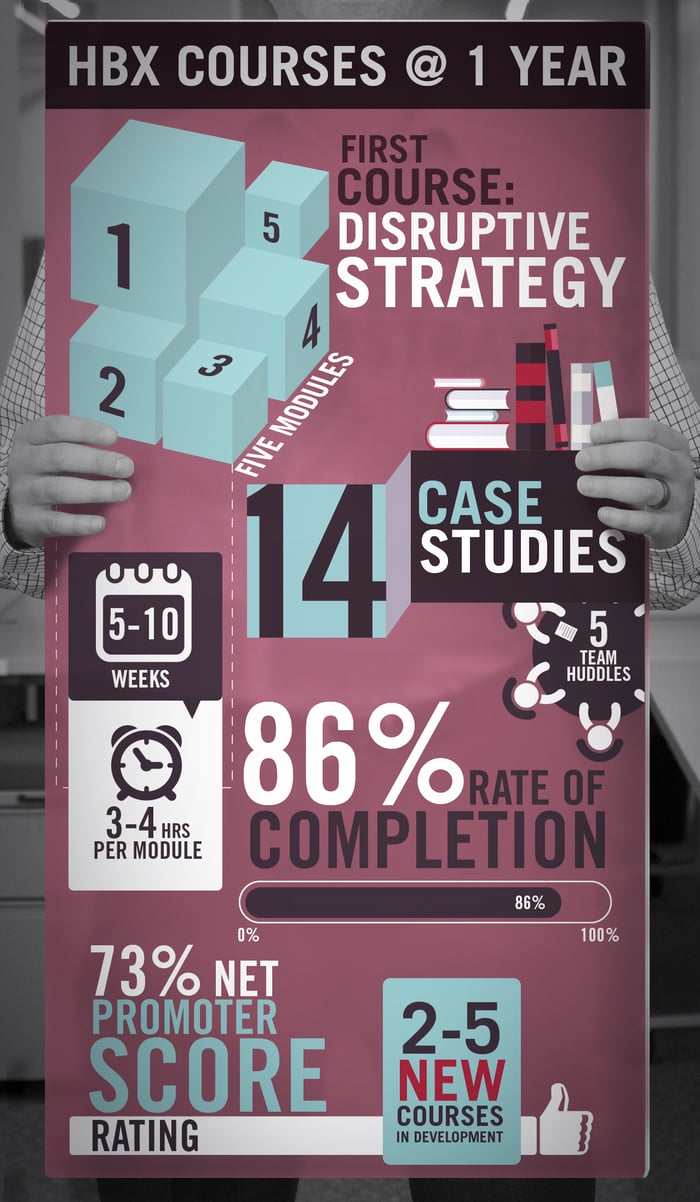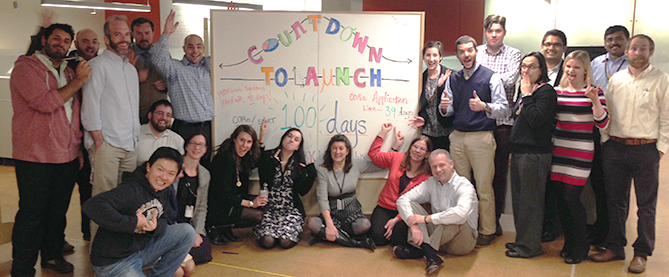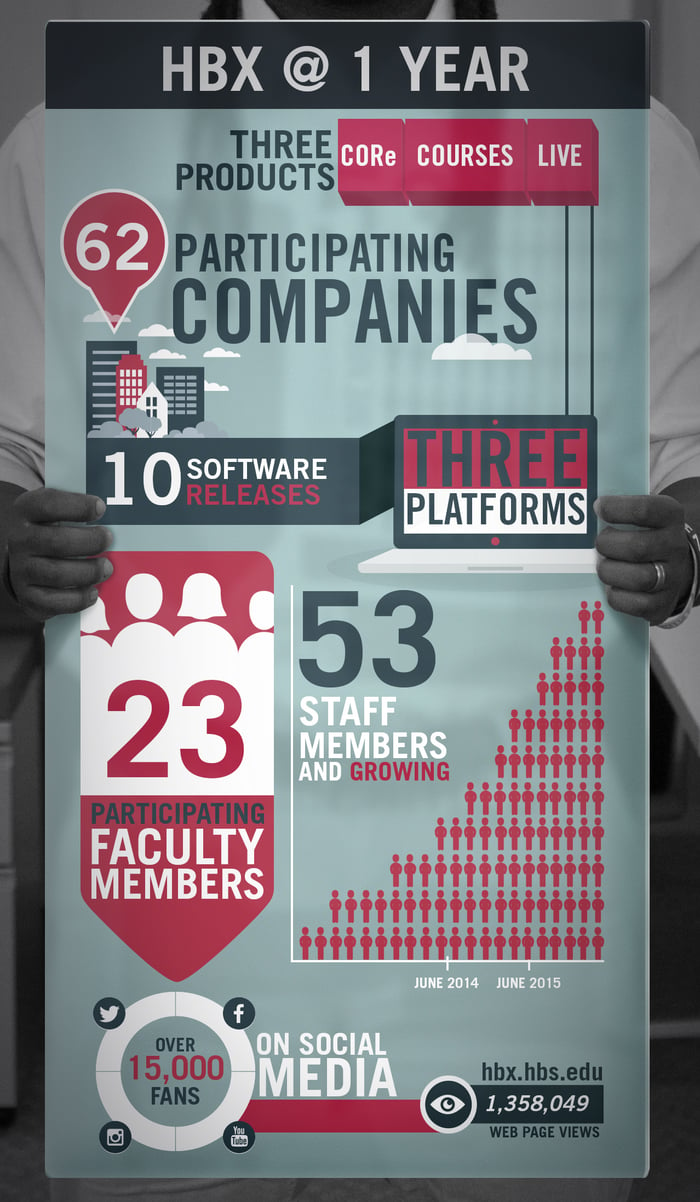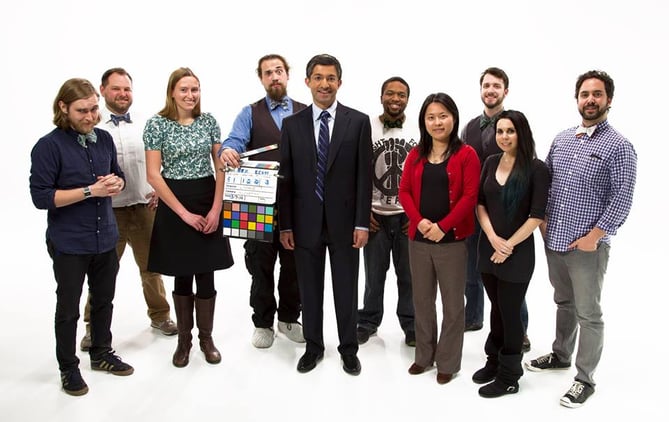
Photo courtesy of StarPilot Productions LLC
We are used to creating and launching new educational programs at Harvard Business School. After all, we’ve been doing it for over one hundred years. Yet, when we launched HBX one year ago it was new for us in three respects. First, the courses we offered (HBX CORe, our “fundamentals of business” program, and Disruptive Strategy) were entirely online – something we’d never done before. Second, HBX CORe was offered to a set of learners – undergraduates and non-business graduate students – who we had never served before. Third, the courses were offered on a platform that was entirely new and built from scratch for this purpose.
We’ve never really had to reinvent all three attributes - a new group of learners, a new “classroom” infrastructure, and a new medium – for a program before. And that’s why we approached the launch of HBX with great excitement, but also great humility.
The HBX journey itself started even before that - nearly three years ago. Online education was not familiar to us then. It is also fair to say that it was not something most of us felt would seriously impact, or disrupt, our campus programs anytime soon. Yet, we decided to embark on this journey.
We did so because of the possibilities; because we were passionate about trying to re-imagine participant-based learning online; and because of our mission - to train and educate leaders who make a difference in the world.
Creating The HBX Learning Model
Education is a right. Great education is a privilege that many of us have benefited from in our lives. There were a few simple observations that shaped our efforts at HBX to create a great educational experience online. We believe that education – in any form – can and should be engaging and interactive. That’s the best way to challenge one’s assumptions and beliefs, to learn new and unfamiliar material, and to force one to think. We also believe that education is a social experience, not just an individual one. It’s an experience where we learn with and from others, from teachers and, as importantly, from our peers.

This map shows the geographic distribution of CORe learners for our June 2015 cohort
Those beliefs led us to create an online platform for HBX with many idiosyncratic features. A global map – so that learners could see who else was online. Shared reflections – so they could read how others were processing the same material. Peer help – so they could ask, or answer, questions of others. Real-time updating. Drag and drop exercises. Interactive games. Online cold calls. And many more features. One important rule of thumb we followed was that a learner shouldn’t go by for more than three to five minutes without “doing something” on the platform.
To create the courses, we borrowed from a teaching approach that we know best: the case method. This was the inspiration for the three principles - storytelling, interactive learning, and social learning – that anchored HBX.
But while we were borrowing, we also tried, equally hard, to forget what makes our classroom approach work so well. We knew that if we tried to simply reproduce our classroom approach online, we would miss the mark. This was the basis for the “digital-first” philosophy at HBX that has come to define everything we do here. It’s not an idea that we invented. It’s one that we took learnt from the recent history of sectors like media and entertainment, where companies have been trying to digitally transform themselves (and often struggled). Digital-first is a simple idea - leverage the digital medium for what it is, rather than merely trying to transfer a traditional format online. But it’s one that’s often gone unheeded in online education.
A Team Effort
Our early conversations involved a handful of HBS faculty and staff. An initiative like HBX, however, doesn’t get created without the incredible efforts of many: our Dean, the rest of the founding faculty team (Jan Hammond, Youngme Moon, VG Narayanan, and Clay Christensen), and our staff team – some drawn from HBS, and several others who simply shared our passion for contributing to something meaningful and creative.
Finally, there are the HBX learners: more than 4,000 of them in year one for HBX CORe, coming from over 450 universities, and 72 countries; over a dozen cohorts of learners for Disruptive Strategy. The group of learners has been incredibly diverse. (To quote one learner’s description, “their path to HBX is something you would usually find in a Tom Hanks movie”). They’ve been humorous, they’ve been grateful. They’ve given generous feedback, which has been invaluable as we continue to refine and innovate on everything we do. They have brought engagement, passion, and a remarkable sense of collaboration to the HBX learning experience in a way we never imagined. They’ve been pioneers as well in our online journey. We owe a deep gratitude to all of them.
Some Highlights from Year One
There are several moments that I personally remember well from our first year at HBX. There was the day we opened our website for applications – and wondered whether anyone would sign up for a paid online program on a platform they’d never seen or heard of before. There was the activity on the first day that we launched CORe (June 11, 2014), when over 300 participants uploaded their profile pictures and information, generating over 13,000 profile views. (It turns out that they really just wanted to check each other out). There was the end of that first day when, at around 9 pm, we noticed that one learner - a Harvard biology major - had, incredibly, completed the first module for all three CORe courses. At around the same time, she reached out with an email to us, describing the reason behind her marathon stretch on the platform that day: “it is so hard to tear myself away from the modules”, she wrote. “Thank you for creating such an amazing experience.” That was probably the first moment we felt that HBX might actually work.
Finally, there’ve been the results so far: 85% completion rates for our courses. Engagement scores for our online courses that are similar what we experience in many of our residential programs. What we’ve learnt is not just that online engagement can be very high. Many of these online experiences are now translating, remarkably, into offline ones. Students are organizing meet-ups in different cities. They are forming study groups. Some are looking to collaborate with peers on new ventures. They are getting to know each other in ways we had hoped for, but could not envision.
These experiences have made something else clear to us that we did not believe three years ago: learning through the online medium is surely not destined to be an inferior experience to the classroom medium. The combination of technology and creative pedagogy can spawn remarkable engagement and experiences there too.
Starting A Journey
This fall, for the first time, more than 300 of our matriculating MBA students will have experienced learning through HBX before they arrive on campus. A month ago, for the first time, some of our alumni experienced HBX Live, our innovative studio that enables case discussions at a distance. We are looking to integrate HBX offerings and platforms into our existing executive education programs, and into our traditional channels for disseminating research. Our faculty colleagues are creating new courses. Our alumni are eager to see what we are doing with technology in rethinking teaching and learning. It’s only been a year, but it’s clear that the impact of these efforts on our own campus will grow over time.
This probably shouldn’t have been surprising to any of us. Technology, after all, is just an enabler. It’s a means, not an end. And what we’ve learnt so far is that it can be a powerful enabler of learning, of teaching, and of research – indeed, of nearly everything we do in a university.
Year one of HBX has been a real roller-coaster ride. The astonishing, and sobering, part of it all is that we are probably far closer to the starting point than the finish line in the story of how technology might revolutionize education.
We hope that our efforts at HBX will ultimately transform the educational experience of everyone who comes to our campus to learn. We also hope that our efforts can touch and impact new learners around the world who might never set foot on our campus. More than anything, we hope that the educational experiences we are delivering through HBX impacts learners not just through the content being offered there, but by serving as a springboard for new ideas, creative solutions, and better things – a springboard that enables our learners to make a difference in the world.
This post is a part of our HBX Year One series celebrating the one year anniversary of the public launch of HBX. View all of our HBX Year One posts here.



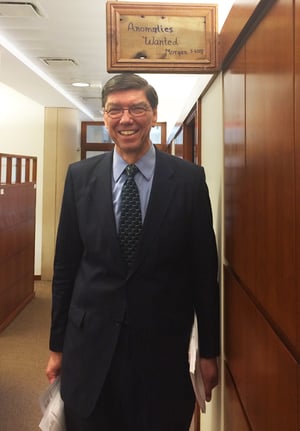 Clay Christensen developed the theory of
Clay Christensen developed the theory of  Trickle Up participants at home with dried millet and sorghum
Trickle Up participants at home with dried millet and sorghum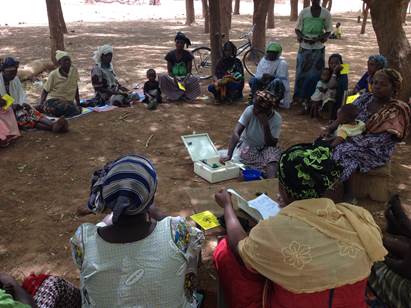 Meeting a of a village savings group
Meeting a of a village savings group My transport in Ouagadougou
My transport in Ouagadougou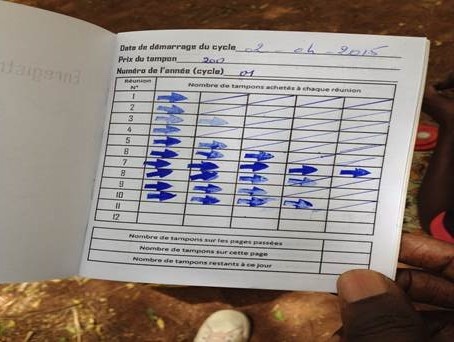 Notebook tracking contributions to the communal savings fund
Notebook tracking contributions to the communal savings fund A program participant brewing sorghum beer to sell in markets and from her house
A program participant brewing sorghum beer to sell in markets and from her house

